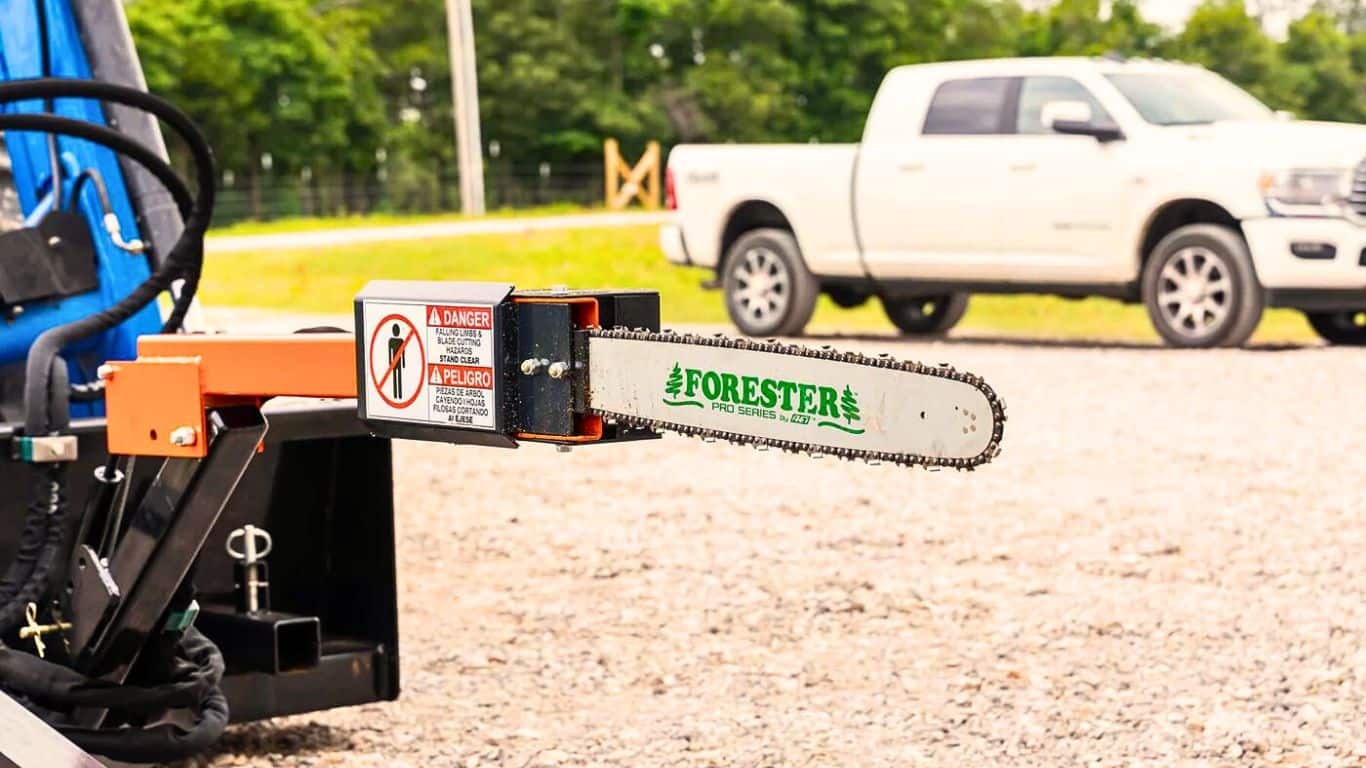When it comes to power tools, chainsaws hold a prominent place in the arsenal of professionals and homeowners alike. These versatile tools are indispensable for various tasks, from cutting firewood to felling trees. One crucial aspect that determines a chainsaw’s performance is its revolutions per minute (RPM).
In this article, we will delve into the world of chainsaw RPMs, exploring the significance of RPMs, understanding chainsaw RPM charts, and discussing some renowned chainsaw brands like Stihl and Husqvarna. Additionally, we’ll touch upon chainsaw horsepower (HP), and hydraulic chainsaws, and briefly mention circular saw RPMs. So, fasten your seatbelts, as we embark on an informative journey to discover the secrets behind chainsaw RPMs.
Understanding Chainsaw RPM
Revolutions per minute (RPM) refers to the number of complete rotations a chainsaw’s engine makes in one minute. Chainsaws usually have two types of RPM values: idle RPM and maximum RPM. Idle RPM represents the speed at which the engine runs when the chainsaw is in an idle state, while maximum RPM indicates the highest speed the engine can reach during operation.
The Chainsaw RPM Chart
To understand the RPM ranges of different chainsaws, we can refer to chainsaw RPM charts provided by manufacturers. These charts outline the optimal RPM ranges for each chainsaw model. They often specify the idle RPM, maximum RPM, and safe operating RPM range for different bar lengths and chain types. Chainsaw RPM charts are crucial references for maintaining the proper performance and safety of a chainsaw.
| Bar Length | Idle RPM Range | Maximum RPM Range |
| 12 inches | 2500 – 2800 | 11000 – 12000 |
| 16 inches | 2700 – 3000 | 10000 – 11000 |
| 20 inches | 2800 – 3100 | 9000 – 10000 |
| 24 inches | 3000 – 3300 | 8000 – 9000 |
| 28 inches | 3200 – 3500 | 7000 – 8000 |
| 32 inches | 3400 – 3700 | 6000 – 7000 |
Please note that the RPM ranges mentioned in this fictional chart are for illustrative purposes only and may not reflect the actual specifications of any specific chainsaw model. Always refer to the manufacturer’s official RPM chart for accurate and reliable information regarding your chainsaw’s RPM ranges
Renowned Chainsaw Brands: Stihl and Husqvarna
Stihl Chainsaw RPM Chart
Stihl is a leading brand in the chainsaw industry, known for its reliability and performance. Stihl chainsaw RPM charts provide comprehensive information about the recommended RPM ranges for their various chainsaw models. For instance, the Stihl MS 170 chainsaw has an idle speed of around 2800 RPM and a maximum speed of approximately 13,500 RPM. Stihl chainsaws are engineered to deliver optimal performance and efficiency within their specified RPM ranges. We have a helping guide for you on the best Stihl Chainsaws, have a look at it.

Husqvarna Chainsaw RPM Chart
Husqvarna is another reputable brand that produces high-quality chainsaws. The Husqvarna chainsaw RPM chart serves as a valuable resource for users to understand the recommended RPM ranges for their chainsaw models. The Husqvarna 455 Rancher chainsaw, for example, has an idle speed of approximately 2700 RPM and a maximum speed of around 13,500 RPM. These RPM ranges ensure the chainsaw operates smoothly and efficiently during various cutting tasks. To find the best Husqvarna Chainsaws, read our blog post.
Chainsaw Horsepower (HP) and Performance
In addition to RPM, chainsaw horsepower (HP) is another vital factor that influences a chainsaw’s performance. Horsepower measures the engine’s power output and is often correlated with cutting speed and efficiency. A higher horsepower chainsaw generally delivers faster cutting speeds, making it suitable for heavy-duty tasks. However, it is essential to strike a balance between horsepower and RPM to ensure optimal performance and safe operation.
Hydraulic Chainsaws
Hydraulic chainsaws provide an alternative to traditional gasoline-powered chainsaws. These powerful tools utilize hydraulic pressure to drive the cutting chain, offering substantial cutting force. Unlike their counterparts, hydraulic chainsaws do not rely on RPMs but instead depend on hydraulic flow and pressure. While their RPM values may not be as significant, hydraulic chainsaws excel in high-torque applications, making them popular in industrial and professional settings.

Circular Saw RPM
Though the focus of this article is chainsaw RPM, it’s worth mentioning circular saw RPM briefly. Circular saws typically operate at higher RPMs compared to chainsaws. Depending on the model and blade size, circular saws can range from approximately 3,500 to 5,000 RPM. These higher speeds are suited for cutting through various materials, including wood, metal, and plastic.
How Many RPMS Does A Chainsaw Run – FAQs
Conclusion
Chainsaw RPM plays a vital role in determining a chainsaw’s cutting performance and efficiency. Understanding the RPM ranges specified in chainsaw RPM charts helps users operate their tools optimally while maintaining safety. Brands like Stihl and Husqvarna provide comprehensive chainsaw RPM charts, guiding users in achieving the best results.
Additionally, chainsaw horsepower, hydraulic chainsaws, and a brief mention of circular saw RPMs further broaden our understanding of power tools and their applications. Armed with this knowledge, users can unleash the true potential of their chainsaws and tackle any cutting task with confidence.




